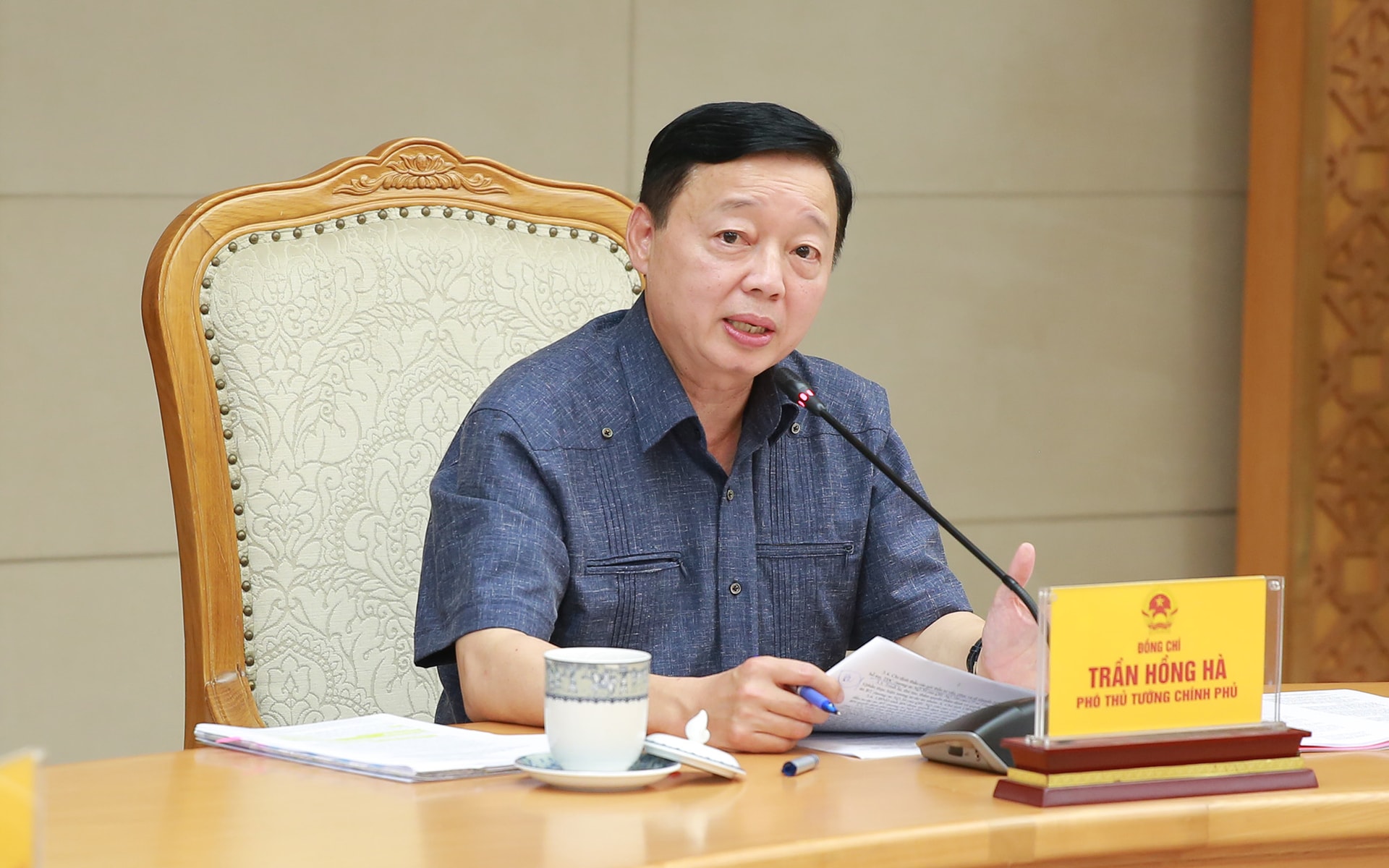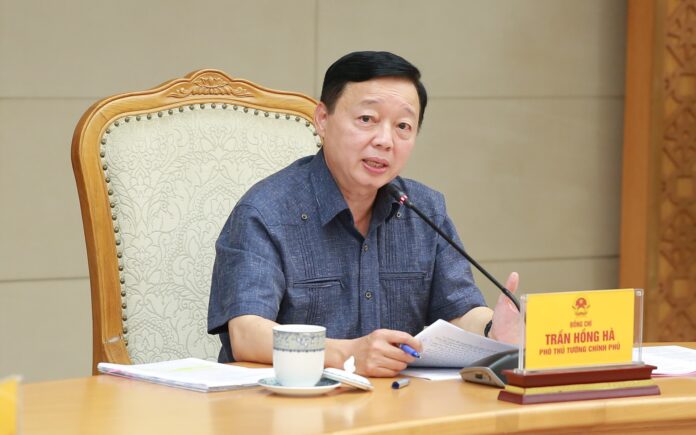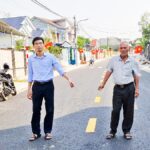
The Gia Binh International Airport: A significant infrastructure project in the making
According to a report by the Ministry of Construction, the ministry has approved the addition of Gia Binh International Airport to the master plan for the development of the nation’s airport system. This includes detailed planning for the airport itself and the inclusion of the Gia Binh dry port in the planning for the country’s dry port system.
The People’s Committees of Hanoi and Bac Ninh provinces are preparing to invest in sections of the road connecting Gia Binh Airport with the capital city of Hanoi.
Hanoi Vice Chairman Duong Duc Tuan shared that the section passing through Hanoi is approximately 14 kilometers long, with an initial total investment of VND 42,451 billion. The first component of the project involves compensation, support, and resettlement for land clearance in Hanoi within the boundary of the route, funded by Hanoi’s public investment capital, with an initial total investment of VND 8,115 billion. The city’s budget will cover all land clearance costs and will not be included in the construction-transfer (BT) contract value of the second project component.
The second component involves investing in the construction of the road connecting Gia Binh Airport with Hanoi through a public-private partnership (PPP) in the form of a BT contract, with a total investment of about VND 34,336 billion.
Regarding the section in Bac Ninh province, Chairman of the Provincial People’s Committee of Bac Ninh, Vuong Quoc Tuan, shared that to maximize the efficiency of the airport upon completion and enhance connectivity with neighboring provinces, the People’s Committee of Bac Ninh proposed extending the road connecting Gia Binh Airport with Hanoi (about 22.9 km long) to Kênh Vàng Bridge leading to Hai Duong province (about 8.7 km long). Thus, the section passing through Bac Ninh province will have a total length of about 31.6 km, with a width of 120 m.
The estimated investment cost in Bac Ninh province is about VND 40,300 billion, under a BT contract. This includes compensation for land clearance along the entire 120-meter-wide route, with a total investment of about VND 11,000 billion (about VND 9,000 billion from the Gia Binh Airport to Hanoi and about VND 2,000 billion from the airport to Kênh Vàng Bridge). The investment cost for constructing the road connecting Gia Binh Airport to Hanoi and from the airport to Kênh Vàng Bridge is estimated at VND 29,300 billion.
During the meeting, leaders from the Ministries of Construction and Finance, as well as the People’s Committees of Hanoi and Bac Ninh, discussed options for investing in a single project or separate projects for each locality. They also deliberated on procedures and documents for submitting the project for approval to implement it under the BT format before the effective date of certain amendments and supplements to the Law on Investment in the form of PPP. Other considerations included reviewing proposed mechanisms and policies that are expected to be addressed in the draft amendments to the laws currently submitted to the National Assembly for approval at the May-June 2025 session, and the plan for land fund exploitation along the road.
Deputy Minister of Construction Pham Minh Ha suggested that the two localities could agree to implement a common BT project, but divide it into two components to ensure initiative, responsibility, and smooth implementation. He emphasized the need for a detailed implementation plan and milestones (including decision on investment policy, project approval, technical design approval, commencement, and completion) to ensure feasibility.
Concluding the meeting, Deputy Prime Minister Tran Hong Ha highlighted the urgency of constructing the connection between Gia Binh Airport and the capital city of Hanoi, in tandem with the airport’s progress. He empowered the People’s Committees of Hanoi and Bac Ninh to select capable investors to ensure efficient investment, proper technical design, and accurate unit prices and norms to prevent loopholes, waste, and losses.
The Deputy Prime Minister agreed to separate land clearance into an independent project, to be carried out ahead of time. He instructed the two localities to be accountable for the data and to adhere strictly to the approved route alignment. He also urged them to promptly establish and approve adjustments to the provincial planning, as well as the general construction planning, and the subdivision planning, within their respective jurisdictions.
Heineken Vietnam Urged to Restart $220 Million Litre Brewery in Quang Nam Province After a Year-Long Hiatus
The People’s Committee of Quang Nam province is set to meet with Heineken Vietnam this May to discuss a potential collaboration. This highly anticipated meeting could pave the way for exciting developments and opportunities for both parties involved. With Heineken Vietnam’s renowned expertise and the province’s visionary leadership, this collaboration has the potential to be a significant step forward.
A Visionary Infrastructure Project: Gia Binh Airport and the Road to Hanoi, Fit for a Nation’s Aspirations
I hope that captures the essence of your request. Let me know if you would like me to elaborate on this title or provide any additional creative input.
On May 10, Prime Minister Pham Minh Chinh chaired a meeting of the Government’s Standing Committee to discuss adjustments to the investment policy for the construction of Gia Binh Airport (Bac Ninh province). The airport, originally intended for security and defense purposes, will now be developed into a 4E international airport. Additionally, a new route connecting the airport to the center of Hanoi is also under consideration.
The People of Hoa Vang Unite for Road Construction
In the pursuit of urban development and the New Rural Construction program, the people of Hoa Vang district in Da Nang city have demonstrated an extraordinary sense of community. Many residents voluntarily donated their garden and agricultural lands to expand roads, selflessly forgoing any compensation. This act of selfless dedication to the greater good is a testament to the district’s strong sense of community and their commitment to the vision of a better future.




















